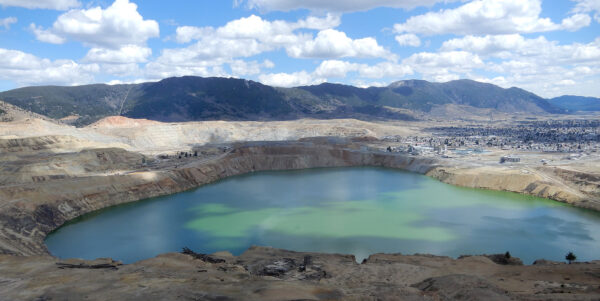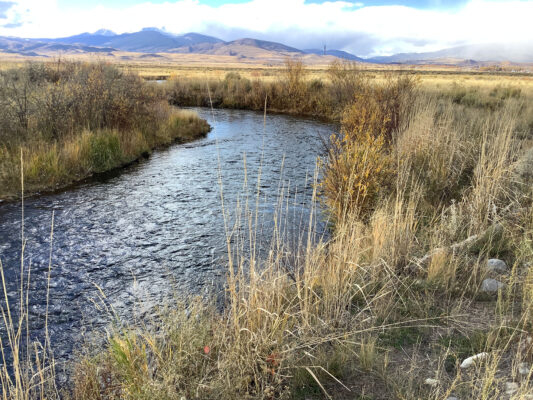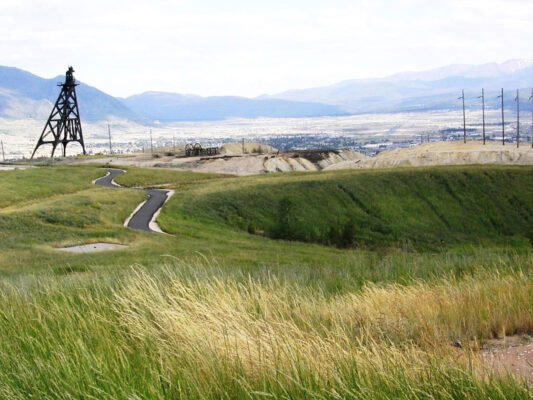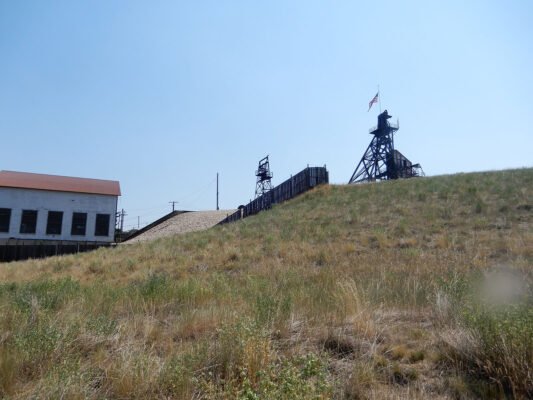Berkeley Pit: How Contamination Started
The Superfund cleanup area began with more than a century of copper mining in Butte. By the 1880s, underground mining was booming, but as the rich copper ran out, companies turned to open-pit mining. This led to the creation of the Berkeley Pit in 1955—a huge mine nearly a mile wide.
To keep water out, pumps ran constantly. But in 1982, after mining ended, the pumps were shut off. Groundwater began to fill the pit, and as it rose, it picked up toxic metals from the exposed rock, creating a highly contaminated and acidic lake—now one of the most well-known parts of the Superfund site.





